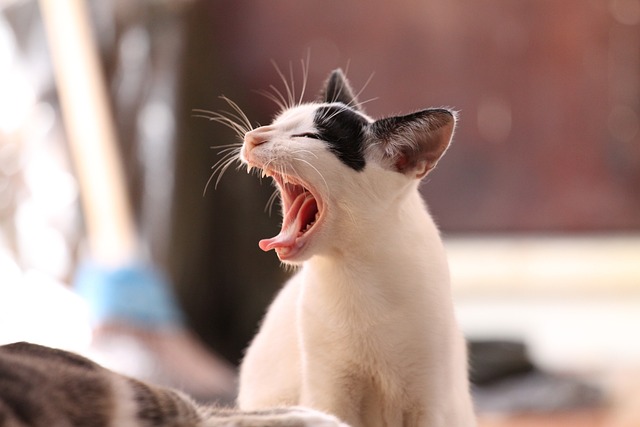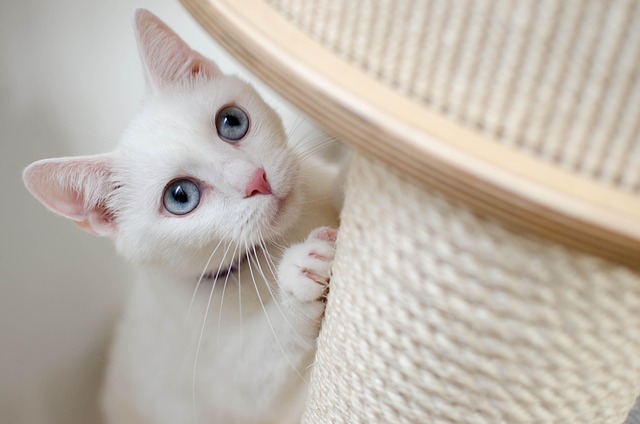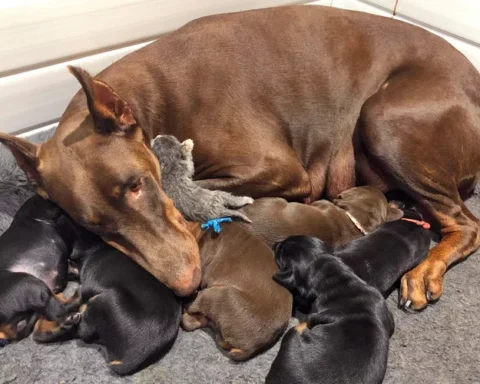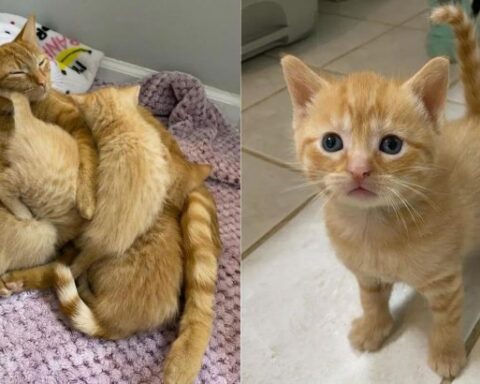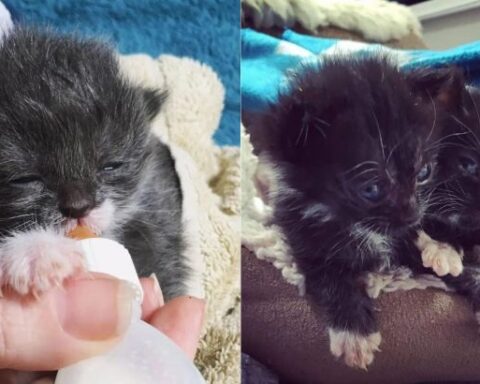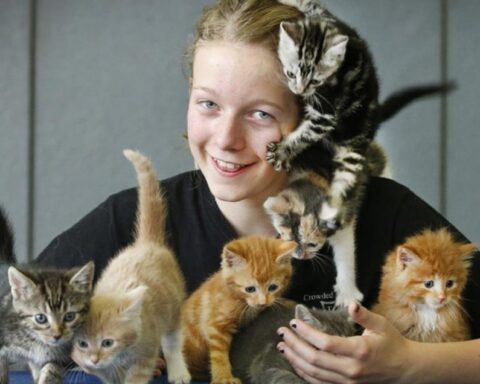Cats have a mysterious and enchanting way of communicating, and one of their most intriguing behaviors is purring. It’s a sound that resonates comfort and contentment, but have you ever wondered about the science behind this feline phenomenon? In this article, we’ll delve into the intricate world of cat purring, decoding the reasons behind this unique behavior and uncovering the fascinating science that makes it possible.
The Mechanism of Purring:
Purring is generated by the rapid contraction and relaxation of muscles within a cat’s larynx (voice box). The brain sends repetitive neural oscillator signals to the voice box muscles, causing them to twitch at a rate of 25 to 150 vibrations per second.
Purrs as a Healing Mechanism:
Beyond expressing contentment, cats are known to purr in various situations, including when injured or unwell. Studies suggest that the vibrations produced during purring may have a healing effect on a cat’s body. The frequency of purring has been associated with increased bone density, promoting healing and recovery.
Communication and Bonding:
Mother cats often purr to communicate with their kittens, creating a bond of comfort and security. Similarly, adult cats may purr to signal contentment and establish a sense of camaraderie with their human companions. This communication tool fosters a deep emotional connection between cats and their caregivers.
Stress Reduction and Relaxation:
Purring is not exclusive to positive emotions; cats may also purr when stressed or anxious. In these situations, purring is believed to serve as a self-soothing mechanism. The rhythmic sound may help cats regulate their stress levels, providing a sense of calm in challenging situations.
Frequency and Therapeutic Benefits:
The frequency range of a cat’s purr falls within 25 to 150 Hertz, a range known to have therapeutic benefits for humans. Some researchers suggest that exposure to a cat’s purring vibrations may have positive effects on reducing stress, lowering blood pressure, and promoting relaxation in humans.
Purring and Social Bonds:
Cats are social creatures, and purring plays a significant role in reinforcing social bonds within a group. When multiple cats engage in mutual purring, it fosters a sense of community and solidarity, contributing to a harmonious living environment.
Purring as a Request for Attention:
Cats may purr to seek attention or express a desire for affection. By emitting the gentle hum of purring, cats effectively capture the attention of their human companions, eliciting responses ranging from petting to playtime.
Evolutionary Perspectives:
Purring is believed to have evolved as a survival mechanism. In the wild, a cat’s purring might signal to potential predators or prey that they are in a relaxed and non-threatening state, allowing for more effective hunting or avoiding confrontations.
Individual Variation in Purring:
Each cat’s purring style and frequency may vary. Some cats are prolific purrers, while others may purr more selectively. Understanding the individual nuances of your cat’s purring behavior can deepen the bond between you and your feline companion.
Enjoying the Enigma:
While scientists have made significant strides in decoding the science behind purring, much about this feline behavior remains an enigma. Embrace the mystery and enjoy the unique connection that purring fosters between you and your cat, appreciating it as a delightful aspect of the feline-human relationship.
In decoding the science behind purring, we uncover a multifaceted aspect of feline communication that goes beyond mere contentment. Purring serves as a versatile tool, from healing and stress reduction to social bonding and communication. By understanding the intricate mechanisms and varied purposes of purring, we gain deeper insights into the rich and complex world of our feline companions. So, the next time your cat curls up on your lap and starts to purr, relish in the fascinating science and the unique connection you share.

